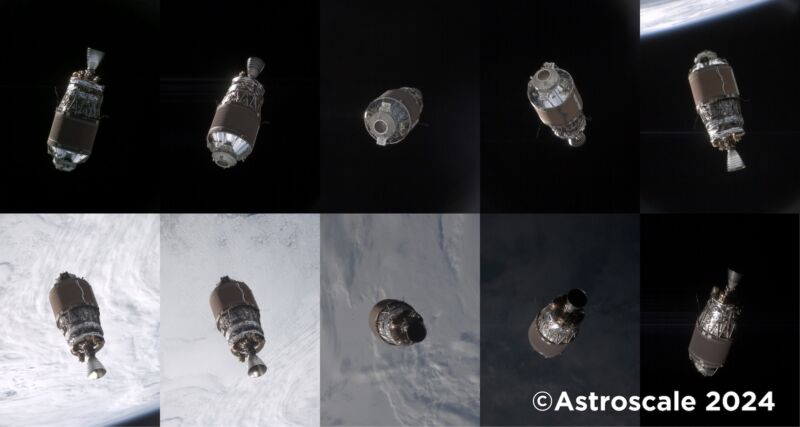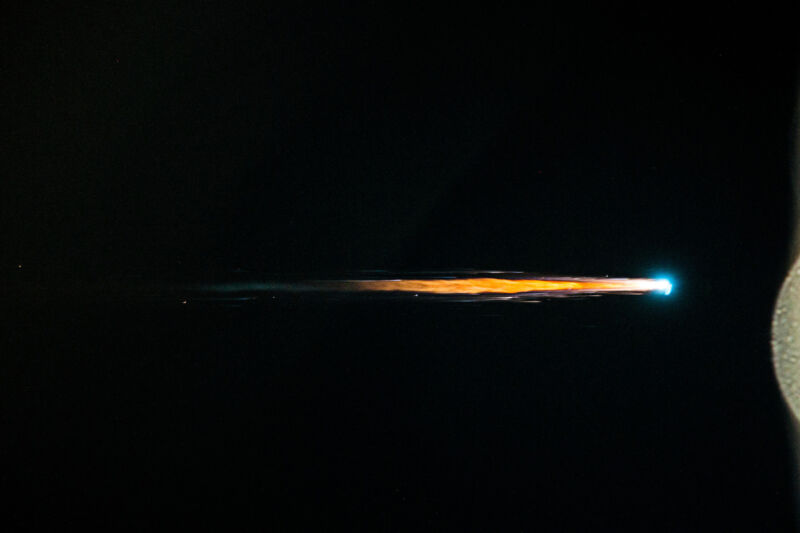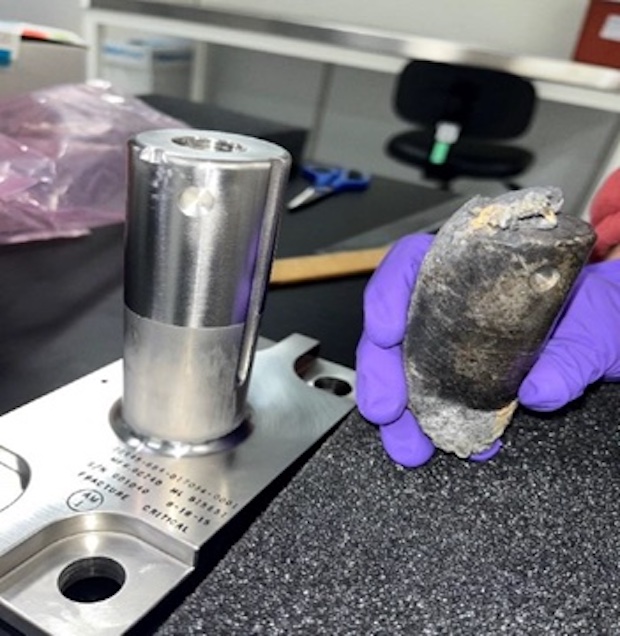Space Command chief says dialogue with China is too often a one-way street

Enlarge / Gen. Stephen Whiting, commander of US Space Command, speaks earlier this year at Peterson Space Force Base, Colorado. (credit: USSPACECOM photo by John Philip Wagner Jr.)
The head of US Space Command said Wednesday he would like to see more transparency from the Chinese government on space debris, especially as one of China's newer rockets has shown a propensity for breaking apart and littering low-Earth orbit with hundreds of pieces of space junk.
Gen. Stephen Whiting, commander of US Space Command, said he has observed some improvement in the dialogue between US and Chinese military officials this year. But the disintegration of the upper stage from a Long March 6A rocket earlier this month showed China could do more to prevent the creation of space debris and communicate openly about it when it happens.
The Chinese government acknowledged the breakup of the Long March 6A rocket's upper stage in a statement by its Ministry of Foreign Affairs on August 14, more than a week after the rocket's launch August 6 with the first batch of 18 Internet satellites for a megaconstellation of thousands of spacecraft analogous to SpaceX's Starlink network.


